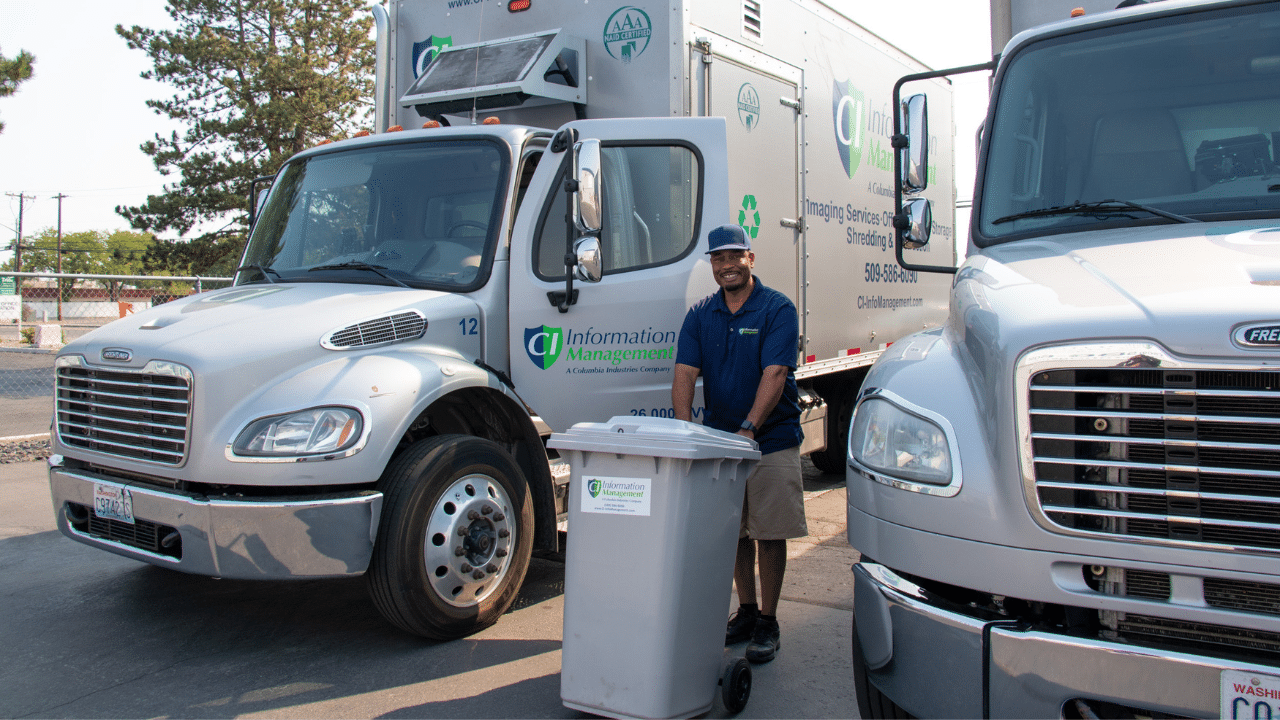
How It Became a Big Deal
Cybersecurity began in the 1970s when threats were easily identifiable and malicious insiders were the main threat to private documents. Although malware was initially created for testing and information gathering, bad actors saw its potential and began using it for criminal purposes by the 1980s. Data breaches, however, were always intended to be used for illegal financial gain. The computer worm in the 1980s and computer viruses in the 1990s led to the rise of antivirus solutions.
At the beginning of the 21st Century, hacker groups and organized cybercrime groups were formed, and the hacker collective known as “Anonymous” became front-page news. Cyberattacks became more targeted as the new millennium plodded along, initially focusing on credit card fraud. Between 2005 and 2007, Albert Gonzales led a cybercriminal ring that successfully stole at least 170 million credit and ATM card numbers. And the battle continues to evolve as the digital world becomes all the more sophisticated.
How the Government Is Fighting Cybercrime
The evolution of technology has brought the emergence of cyber laws. The 2019 US Federal budget included $15 billion for Department of Defense cybersecurity, a 4.1 % increase over the previous year. The DOD is counter-attacking these three main threats:
- Cybercrime, which includes single acts or collusion to target systems for financial gain or to cause disruption.
- Cyber-attacks, which often involve politically-motivated information gathering.
- Cyber-terrorists, who undermine electronic systems to cause panic or fear.
Cybersecurity laws are designed to provide protection and counter cyber-attacks. Major US Federal cybersecurity laws include:
- The Health Insurance Portability and Accountability Act (HIPAA) enacted and signed by President Bill Clinton in 1996 to safeguard Protected Personal Information (PPI).
- The Gramm-Leach-Bliley Act (GLBA) signed into law in 1999, which updated the 1933 financial laws.
- The Homeland Security Act signed into law by President George W. Bush in 2002, which included the Federal Information Security Management Act (FISMA) intended to prevent terrorist attacks within the US.
How Protecting Your Sensitive Information Is a Big Deal
It’s vital that you do everything you can to protect your files, which will protect your clients, the reputation of your company, and keep your business compliant with federal and state laws. Here are some tips for raising your level of cybersecurity:
- Use the latest technology which includes firewalls, anti-malware, and antivirus software.
- Train staff to recognize scams.
- Back up files frequently.
- Secure networks with user permissions and good passwords that are changed regularly.
- Use a NAID AAA Certified, local hard drive and media destruction company to help keep your sensitive documents secure.
CI Information offers NAID AAA Certified shredding and destruction services in Southeastern and Central Washington and Northeastern Oregon. For more information, just give us a call at 509-586-6090 or complete the form on this page.




